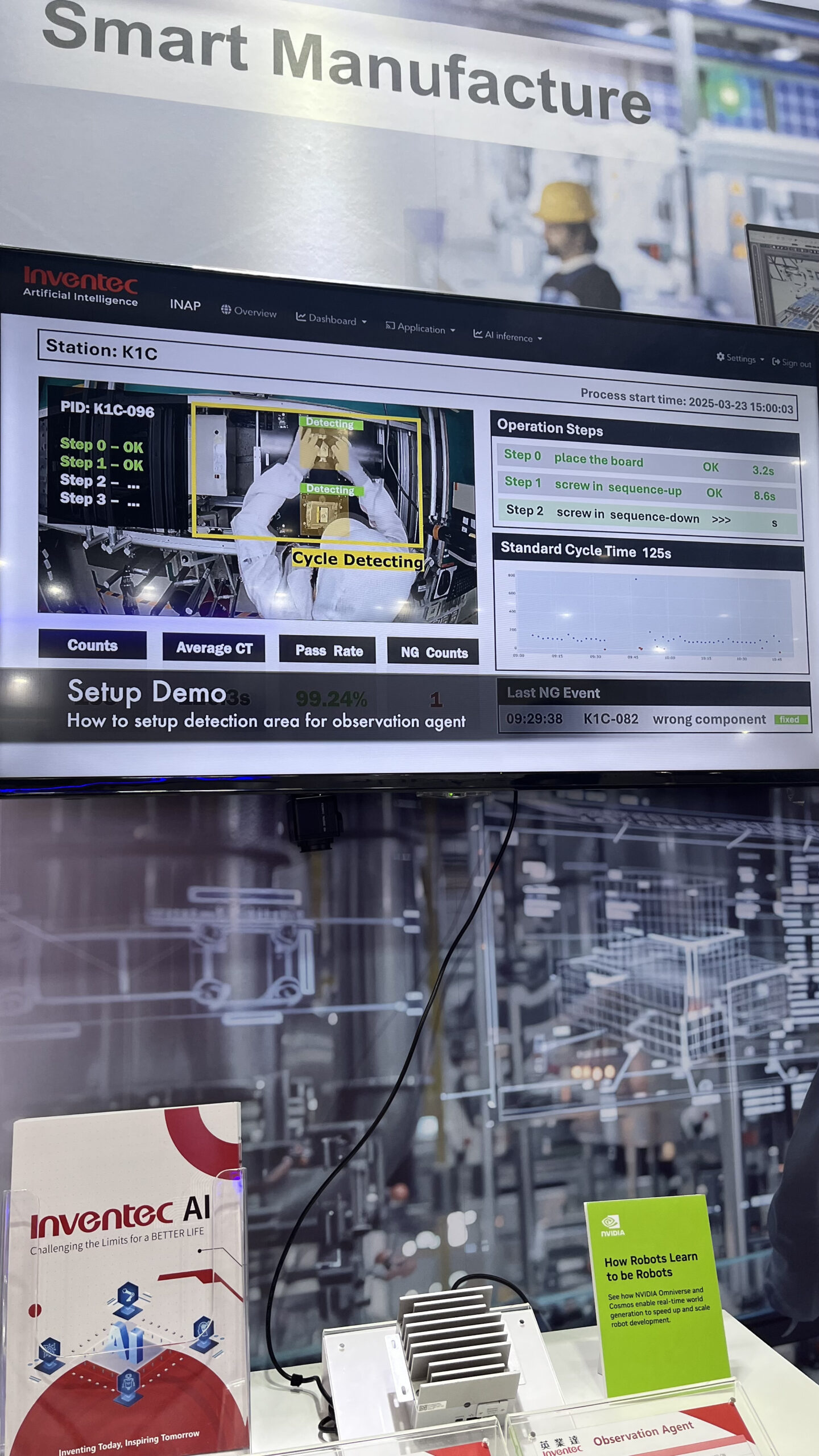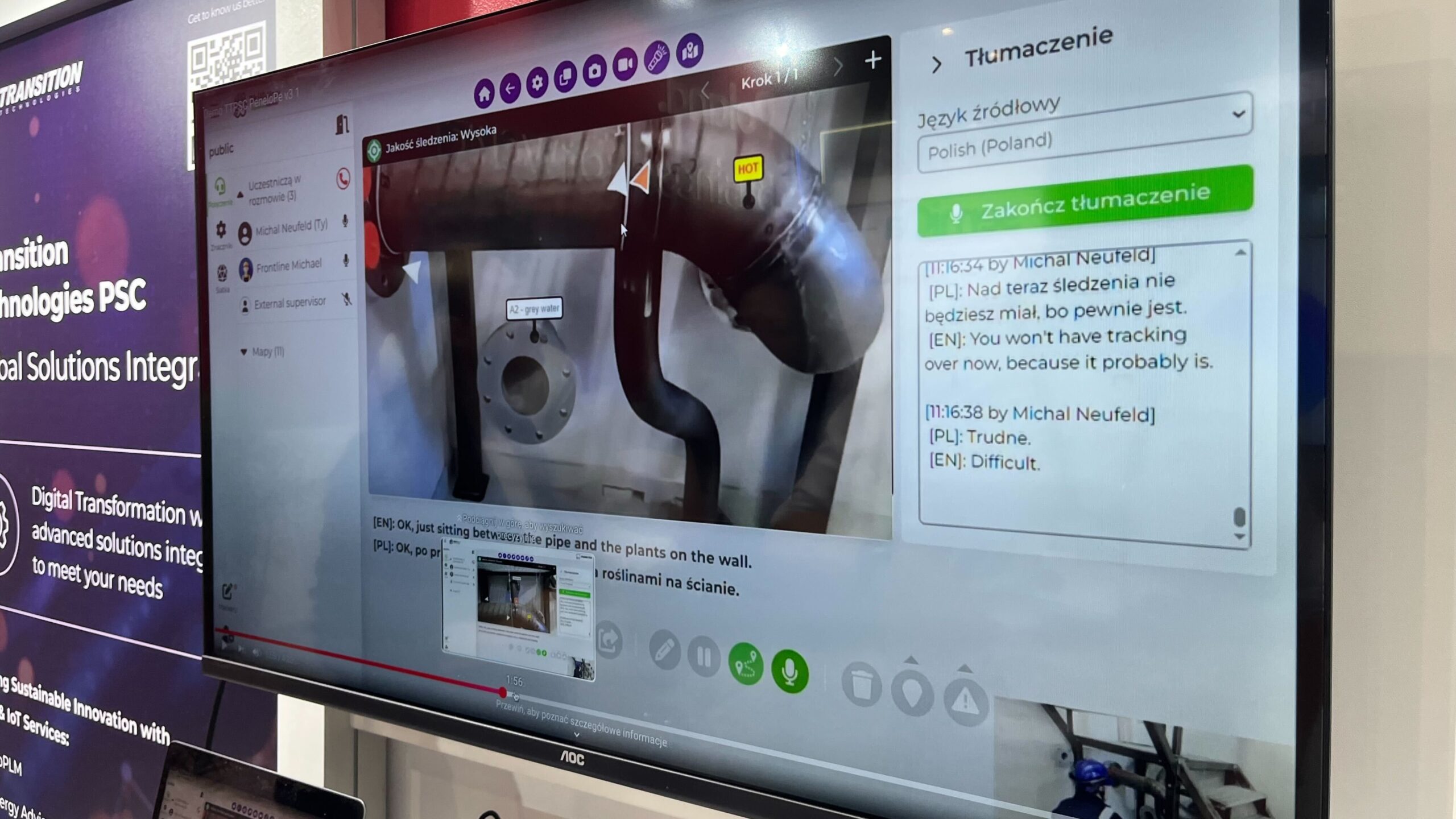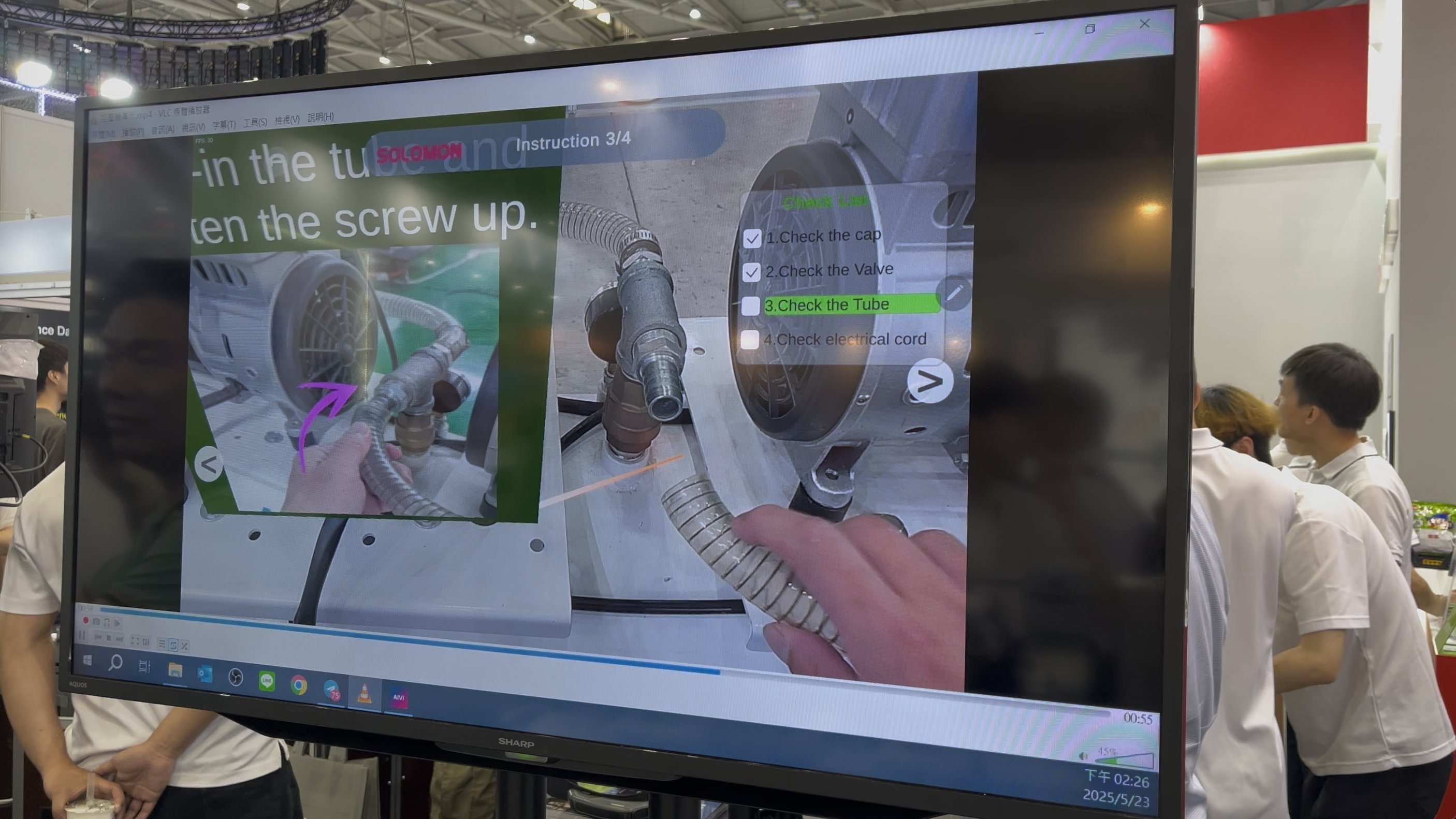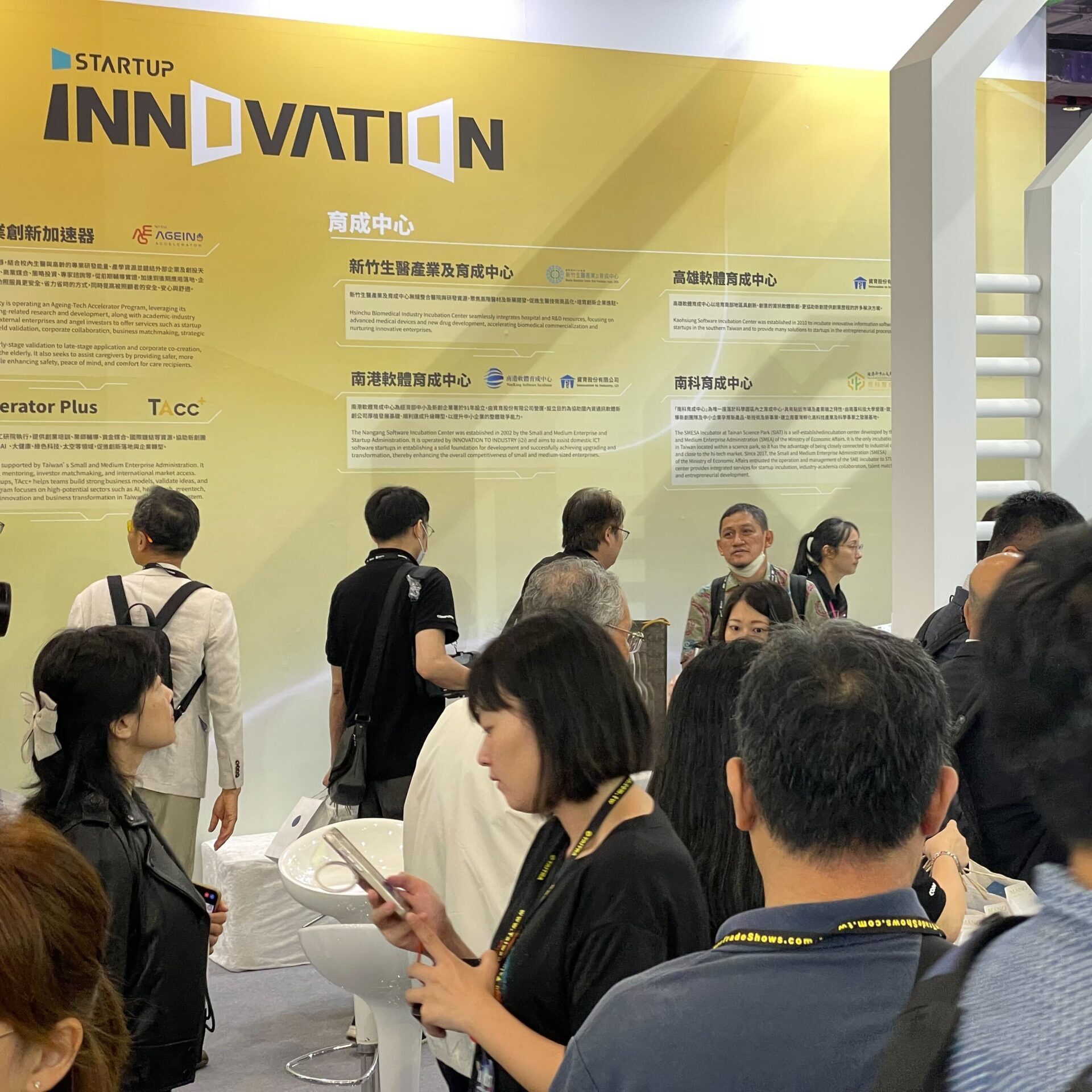By Sursha Wu
2025 Computex & InnoVex showcased advanced cooling technologies and high-performance computing as their central themes, drawing in a wave of hardware makers.
Yet, for manufacturers, the real focus extends beyond hardware—it’s about the synergy of hardware and software on the factory floor. Hardware lays the groundwork for data sensing and control, but only with adaptive, intelligent software can manufacturers truly tackle complex challenges and drive real process improvements.
This year’s event also highlighted key software innovations and market trends that bridge the gap between cutting-edge technology and real-world needs. Here, we outline three clear trends from the show, along with our insights.
AI Vision Solution
Linker Vision x Kaohsiung City Government

Linkervision
Linker Vision, in collaboration with the Kaohsiung City Government, is driving a smart city project that uses AI vision recognition and visual language models (VLM). The system quickly identifies and categorizes various urban scenarios, such as flooding, fallen trees, and traffic congestion. It then sends this information in real-time to the relevant government departments, enhancing cross-departmental response and resource allocation efficiency.
Inventec

Inventec
Inventec is focusing on developing in-house vision systems for its own factories. These systems include cycle time analysis and part inspection, tailored to meet internal production line needs.
Transition Technologies

Transition Technologies
Transition Technologies and RealWear launched smart glasses with voice control and image annotation for high-risk work environments. Operators use voice commands to get remote expert guidance, enhancing communication and operational efficiency.
Solomon

Solomon
Solomon has integrated AR technology with smart glasses to confirm large component handling steps. While still mainly for big parts, this system already helps maintenance workers ensure they’re following the correct steps, improving both accuracy and efficiency.
Trend 1: AI Vision Applications are Quickly Spreading
At Computex & InnoVex 2025, we saw that AI vision’s technical barriers and costs are dropping fast. Many hardware makers showcased affordable server-based vision solutions for specific scenarios—some as proof-of-concept, but clearly signaling accelerating development. AI vision is no longer limited to factory monitoring or security. It’s expanding into agriculture (like fish or crop monitoring), healthcare and eldercare (for safety), and even retail (enabling cashierless checkouts that overcome RFID limitations).
As technology advances, AI vision will become a key tool for improving productivity across industries.
Trend 2: Multimodal Solutions for Complex Environments
We also noticed the rise of multimodal solutions—combining voice commands, visual recognition, text generation, and live video. These integrated platforms address diverse needs in complex worksites, boosting efficiency and aligning with real-world tasks.
We believe multimodal applications will first thrive in high-risk or constrained environments like working at heights or in confined spaces. Workers in these settings rely on visual aids and hands-free, voice-activated instructions to stay safe and productive. Smart glasses exemplify this, with lightweight, comfortable, and protective designs that support long wear and allow for real-time guidance without interrupting tasks.
However, implementing multimodal tech in these wearables still faces challenges like high network and computing demands. Balancing safety, comfort, and performance will be crucial for its future development.
Trend 3: AI Shifts Toward Real-World Industrial Applications
In the past, AI’s flashy capabilities—like AlphaGo, generative AI for text, images, and music—drew much of the media and event spotlight, especially in consumer markets. Now, industries like manufacturing are exploring how generative AI can support management and decision-making, tackling real challenges on the factory floor.
From 2024 to 2025, discussions have shifted from AI’s novelty to more practical topics: on-premise training, computing power requirements, and so on. Companies are no longer just impressed by AI’s potential; they’re thinking about real-world challenges, integration issues, and the real value AI can deliver on the ground.
This marks a shift from curiosity and experimentation to practical adoption for long-term, sustainable benefits.
Conclusion: AI Vision—From Monitoring to Real-World Impact
In the past, AI vision was mainly associated with factory safety monitoring and compliance checks. But at the 2025 Computex & InnoVex, it’s clear that AI vision is expanding beyond these traditional roles into more diverse applications. Looking ahead, whether in manufacturing or daily life, AI vision is poised to become an essential tool for improving operational safety, efficiency, and overall performance.
However, this evolution must be rooted in real-world applications—focusing on how the technology can solve actual problems and create concrete value on-site.
As smart factory transformation advances, AI vision is emerging as a critical tool for digitalization and precision management in manufacturing. By integrating AI vision with other smart manufacturing technologies, companies can better handle complex production and management challenges, ensuring stable quality and efficient operations.
Download Success Stories: AI Vision + LLM to Boost Production Management Efficiency
Looking ahead, AI vision’s potential will also extend into new areas like smart cities and smart healthcare, driving broader innovation and operational optimization across sectors through visual recognition and data analysis.
Table of Contents





